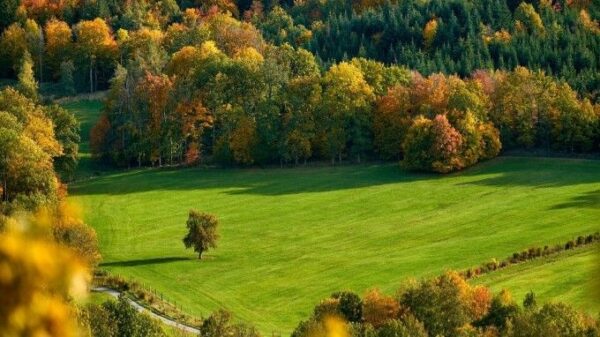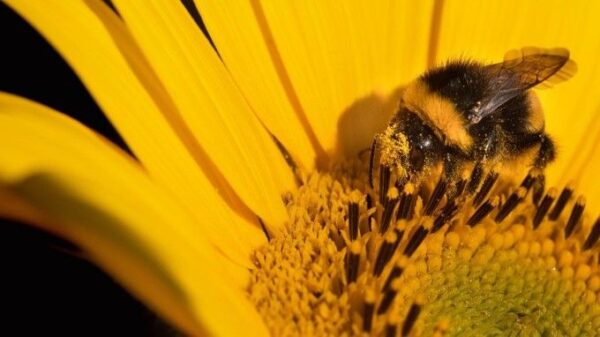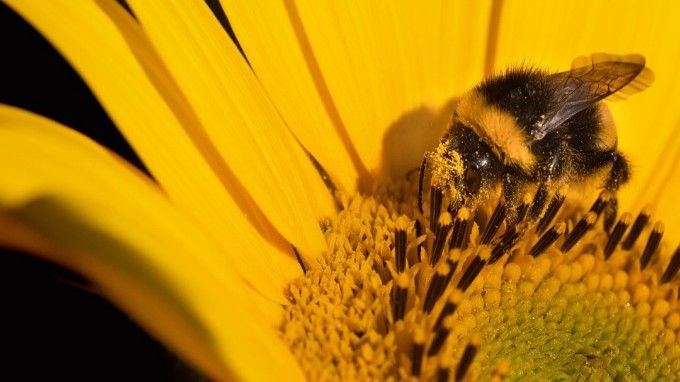Warli art has become one of the most adored tribal arts in India. The people who originally started this art lived in the Sahyadri foothills in north Maharashtra. They were called the ‘Warli people’ and the had a world which was full of rituals, community, identity and adaptation. That is why this art continues to persist in modern times.
The Beginning
Warli art showcases the living of the Warli people. It began centuries ago. Its very first origins are found in cave art. Whenever there was a special occasion like a marriage or a birthday; the walls of the huts were adorned with warli art. Originally, the walls of the hut was the canvas for all this art. These walls were prepared with a mixture of mud, cow dung, red soil and earth which gave a deep brown background. The art was done by applying a coat of red mud or geru so that the background is smooth enough to be painted on.

Colors and Brushes Used
The primary color is white which is created from rice paste (rice and water) and it is used to create figures, animals and human stick figures. Sometimes other colors like red and yellow are used which are sourced from sindoor and turmeric, respectively. Bamboo was chewed at the end in order to create a brush. The lines were always stylized, geometric and minimalistic like human forms were drawn with two triangles; one for the torso and one for the pelvis. This form of art did not heavily focus on the realism. Geometric shapes like circles, triangles and square lines represented godly elements like the sun, the moon and the stars.
The Warli people had a ritualistic dance called the ‘Tarpa’. These symbolic designs often featured that dance. The scenes often showcased people who were participating in communal activities together like eating, farming, dancing. Animals used to peacefully graze the fields, people used to go hunting and participate in festivals happily.
The Truth of Life
Warli art showed people rejoicing or dancing together in circles. This could be understood as the circle of life. It showcased that seasons come and go like spring, summer, autumn and winter. It shows the similarity between people’s lives and recurrence of nature. In these paintings, trees and animals are not merely kept as background features. Instead, they have been shown to participate in the festivities by dancing and rejoicing. The Warli people see Nature as a living, breathing entity. Their painting often showcase that they work in accordance with nature by harvesting farms, fishing in rivers and sowing seeds in farms. Their identity is reinforced by communal dances, harvests where they gathered, celebrated and invoke blessings from nature. This proves that the Warli people loved to do most daily activities in unity.

Warli art is not like other regional art forms. It is very different from Pattachitra art or from Madhubani art. It does not believe in showing God Vishnu, God Indra and God Shiva. It does not show any scenes from Hindu myths. This is not like mainstream Hindu iconography. Authentically, it is believed that the Warli people thought of Nature as their protector and Almighty. They love to preserve their community, rituals, patterns and the rhythmic motion of their lives.
In conclusion, the story of Warli art is one of dedication. It showcases their stories of cycles of lives, the great nature, communal joys and sorrows by a combination of triangles, circles and lines. In every point of rice white paste, there is mark of continuation which depicts that no matter what happens, the rhythm of life remains intact.
Author
Shreeja Mukherjee


